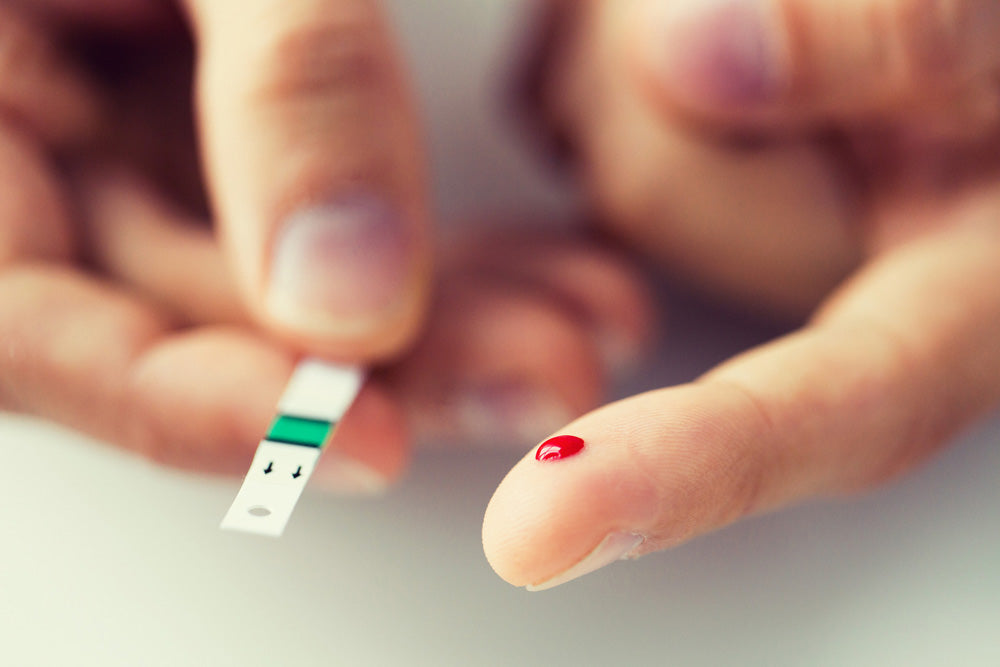When you are diagnosed with diabetes, you need to record your blood sugar levels. Your doctor will test your blood sugar during your visit, but you may also need to record your own blood sugar at home. Please ask your doctor about the frequency of blood sugar testing. Also, ask your doctor about your target blood sugar range and when you need to call your doctor.
How to test blood sugar at home?
Doctors and nurses will help you get the testing equipment you need and teach you how to test your blood sugar at home. Generally speaking, the following steps need to be followed:
1. Use a lancet (a spring-loaded device with a thin needle) to collect a drop of blood. In most cases, finger blood is collected, but it is best to ask your doctor about the appropriate site for you.
2. Follow the instructions for use of the blood glucose meter and drop blood onto the test strip.
3. Read the blood glucose test results displayed on the blood glucose meter.
4. Write the test results in the record book.
How to make blood sugar measurements more accurate?
1. Pay attention to the expiration date of the test strip.
If the test strip has expired, the blood glucose test results may be inaccurate. Please discard expired test strips, including any unopened test strips that have expired. Be sure to keep the test strips in their original packaging so you can check the expiry date.
2. Collect blood drops carefully.
・Please wash and dry your hands before collecting blood. If you need to draw blood from an area other than your finger, that area should be cleaned as well.
・ Before using the lancet, place your hand below the level of your heart. If you need to draw blood from an area other than your finger, massage the area before using the lancet to promote blood circulation.
・If you need to draw blood from your finger, prick the side of your finger. Do not prick the fingertips or fingertips with needles.
・If you need to collect more blood for testing, you can squeeze your palms and fingers, but do not squeeze your fingertips.
3. Store testing supplies carefully. Do not leave testing supplies in places that are too hot or cold, or in places with high humidity like bathrooms. If stored improperly, test strips can become discolored or damaged, causing inaccurate test results.
Common reasons for inaccurate testing
・The blood volume on the test paper is insufficient.
・ There are residues of soap, lotion or other substances on your fingers.
・The test strip is damaged or expired.
・The blood glucose meter is damaged.
・The blood is not dripped onto the test strip correctly.
Safely dispose of used testing supplies
Dispose of used lancets and test strips in a puncture-proof container with a lid. Check your local regulations for the safe handling of these supplies.
Perform quality checks
Whenever you open a new box of test strips or your test results are higher or lower than expected, perform a quality control check. The best time to check the test strip is in the morning on an empty stomach. Your test results can also be compared to laboratory test results. To compare results using this method, test your blood sugar level with a glucometer within 10 minutes of taking the lab test.

